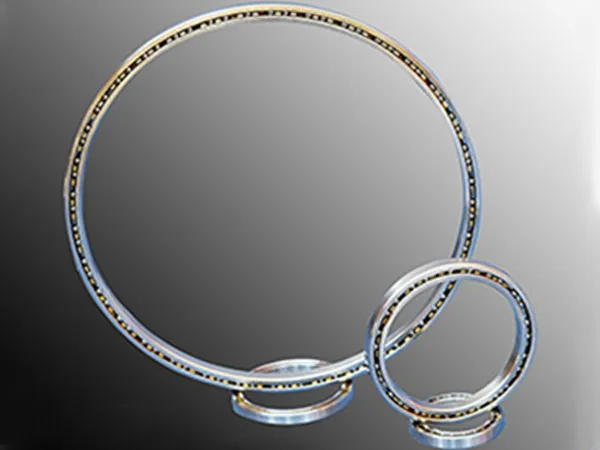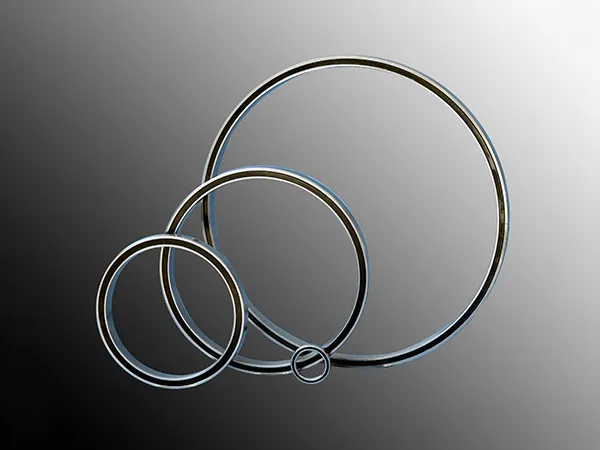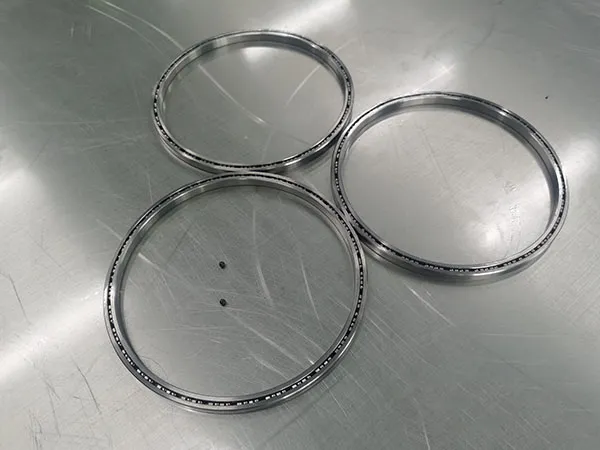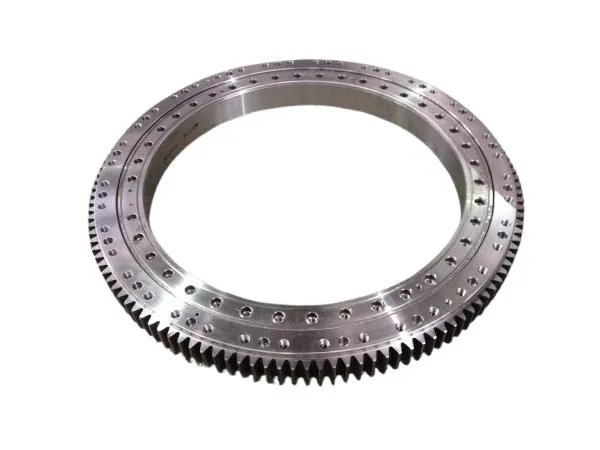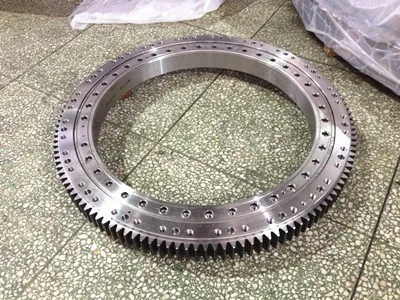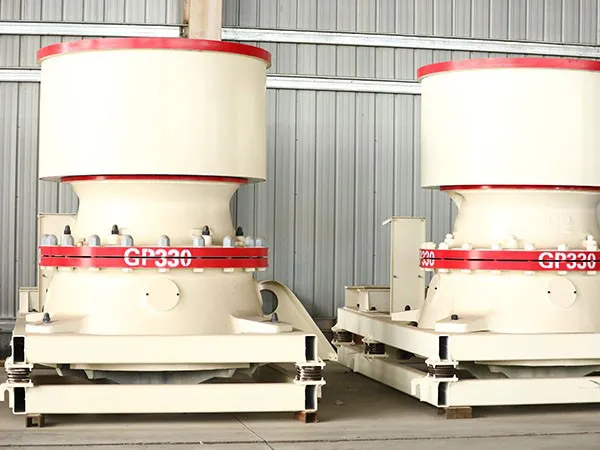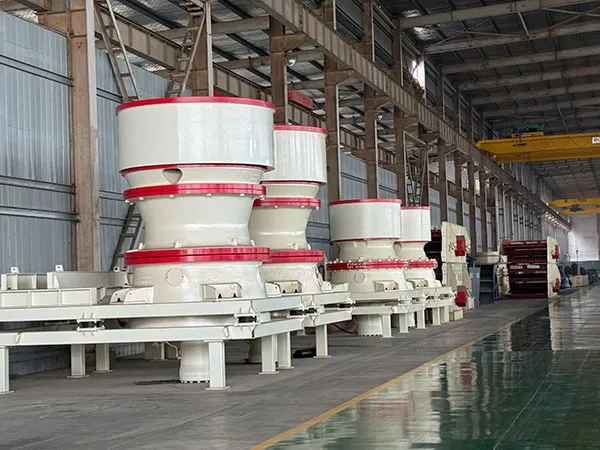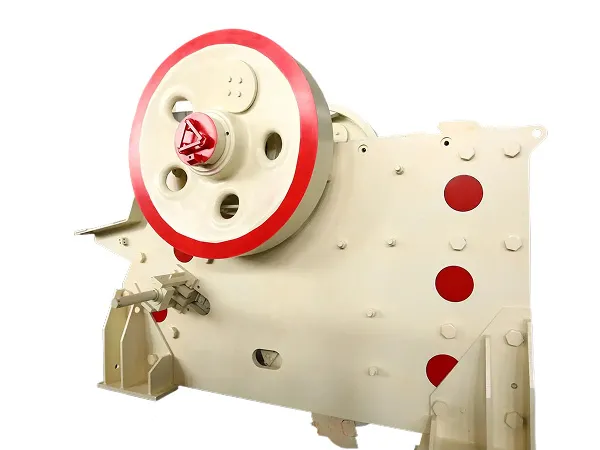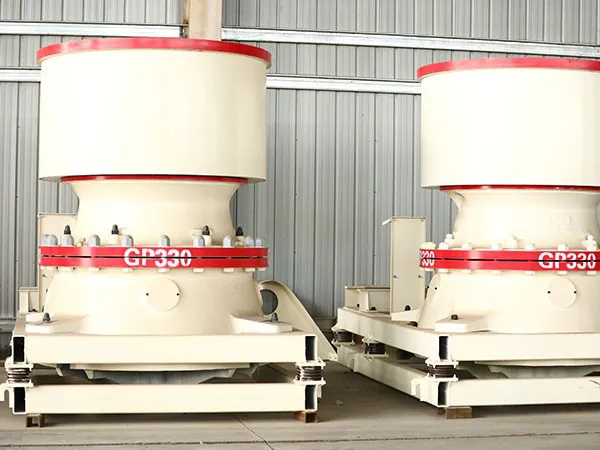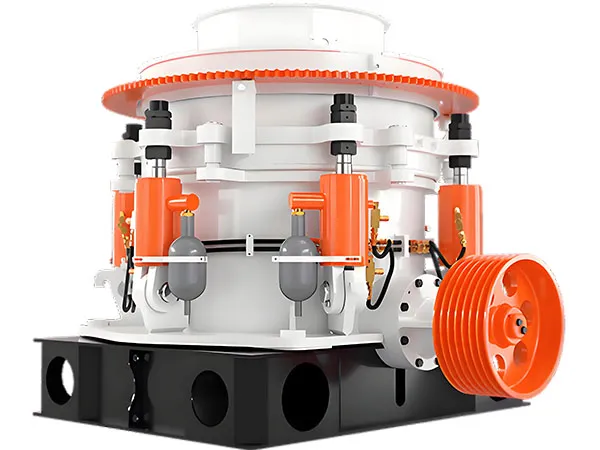Графитовые формы широко используются в металлическом литье, Стеклянное формование, электронная металлургия и другие поля, Из -за превосходной высокотемпературной сопротивления, химическая стабильность и хорошая теплопроводность широко распространены. Однако, После процесса высокотемпературного литья, Поверхность плесени часто остается остаточными оксидами металлов, карбиды, остатки смазки или другие примеси, если не чистится своевременно, не только влияет на точность плесени и качество поверхности, но также ускорить старение формы, сократить срок службы.
Очистка графитовых форм после литья имеет решающее значение для поддержания их производительности и продления их срока службы.
Как чистить графитовые формы после литья
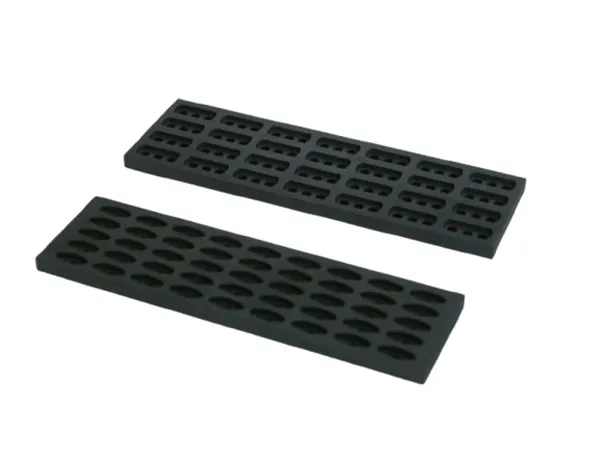
Почему чистые графитовые формы?
Продлить жизнь формы: Снятие остатков уменьшает накопление теплового стресса и химическую коррозию;
Обеспечить качество кастинга: Чистая поверхность плесени усиливает отделку следующего раунда литья;
Избегая ошибок размеров: Остатки плесени могут вызывать отклонения формования;
Повысить производительность: Избегайте лома или переделки из -за загрязнения.
Общие методы очистки
Механическая очистка
Используйте мягкую щетину или пластиковый скребок, чтобы удалить примеси поверхности;
Для более толстых остатков, Микро-санд взрывная работа (Песчаная борьба с низким давлением) можно использовать.
Очистка термообработки
Плесень помещается в духовку и нагревается, чтобы сломать прикрепленные органические примеси;
Часто используется в сочетании с атмосферой инертного газа (например. азот) Чтобы избежать окисления.
Химическая очистка
Замочите или очистите поверхность графита некоррозийным чистящим раствором;
Избегайте использования растворов, содержащих сильные кислоты или основания, которые могут повредить графитовую структуру.
Ультразвуковая чистка (Точные формы)
Подходит для форм микрофиновой структуры, может эффективно удалить крошечные частицы;
…
Для получения дополнительной информации о том, как очистить графитовые формы после литья, пожалуйста, нажмите здесь:https://www.czgraphite.com/a/news/how-to-clean-graphite-molds-after-casting.html

